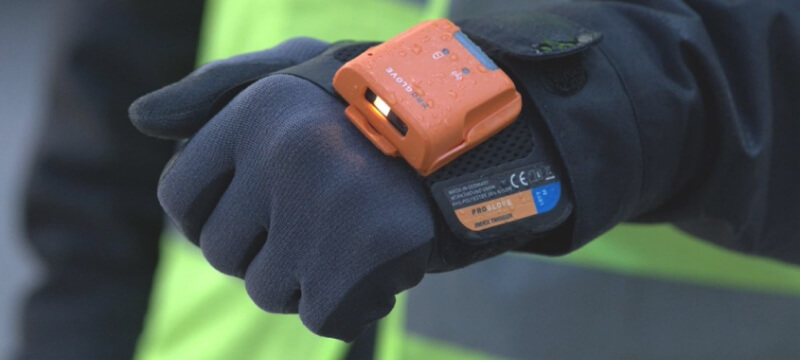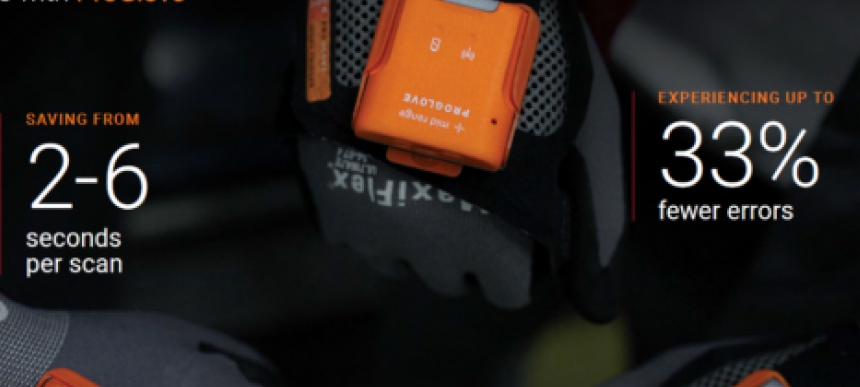Warehouse auditing is stuck in the past

With technologies like industry wearables, AI, and robotics more prevalent in the warehouse, the audit process remains surprisingly old fashioned.
The explosion in global demand puts omnidirectional pressure on warehouse logistics to maintain productivity. As a result, even secondary alterations to recurring operations can create a ripple effect that significantly impacts the entire warehouse. So, it is a surprise that the means of identifying areas for improvement is the most rudimentary medium of all – pen and paper.
Even more so because the technology exists to provide insightful data to warehouse managers. Yet the desire to embrace a substantial change is only sometimes as strongly felt among some warehouse leaders. Instead, they tend to rely exclusively on the recommendations of external auditors. Their assessments – on the other hand – draw on written notes that are collected during a conventional audit. In this process, the auditors walk behind the warehouse staff, look over their shoulders and supposedly record everything that happens. However, such audits come with significant drawbacks.
For instance, people will act differently under observation. That’s a fact. However, these behavioral changes will distort the outcome of an audit. So, it’s desirable to evaluate the familiar routines without big brother breathing down your neck. But how to carry out the audit on a day-to-day context? Wearable technology may well be the answer as it can unobtrusively mirror workers as they move freely around their environment. Furthermore, it provides more accurate and valuable data insight, leaving the operators unencumbered, and free to work as they usually would.
Inaccurate conclusions
External auditors build conclusions based on sample sizes. These are intended to depict operations accurately but, ultimately, do not. After all, the auditors only observe the operation for a limited period. Coupled with the problem of behavioral change, this is simply not good enough to accurately depict the daily operations. But what can serve as an alternative?
The latest wearable barcode scanners may provide a remedy. They can record data points that go beyond the pure barcode content. These include the number of scans, the time to process a barcode, the total number of steps an operator must take, and the location of a barcode scan. They can also provide device information and many other data points. Analyzing this data with a suitable software solution enables a bottom-up perspective of the shopfloor, this lets warehouse businesses compare workstations and evaluate ongoing initiatives by identifying hotspots, blockers, outliers and best practices. Wearable technology thus establishes actionable recommendations. That’s because they come from vast swathes of data collected from relevant sources on an ongoing basis. Therefore, the old-fashioned audit day with pen and clipboard, does not have to remain the measure of all things.
No more arbitrary assumptions
Third party-auditors, in your environment for a day or two, will almost inevitably make arbitrary assumptions. Such is the nature of the job, but it can lead to wayward conclusions and unhelpful decisions.
Nevertheless, it would be foolish to say that external auditing does not play a valuable role in modern warehousing. An outsider’s perspective is always valuable. However, third-party auditors should not be your only port of call. Reliable decisions must be made on the basis of reliable data, not just random samples.
What warehouse businesses need is the full picture. Estimates and educated guesses are just not good enough. It’s time to bring in the boots on the ground’s perspective by leveraging the latest technology. After all, they can explain how things actually play out on the shopfloor. This allows for transparency and leaves no blind spots. But most importantly, this will let organizations tap into efficiency potentials they didn’t know they had. The technology is available, so why wait?
Download the ProGlove survey “Productivity in the Warehouse” to learn more!


